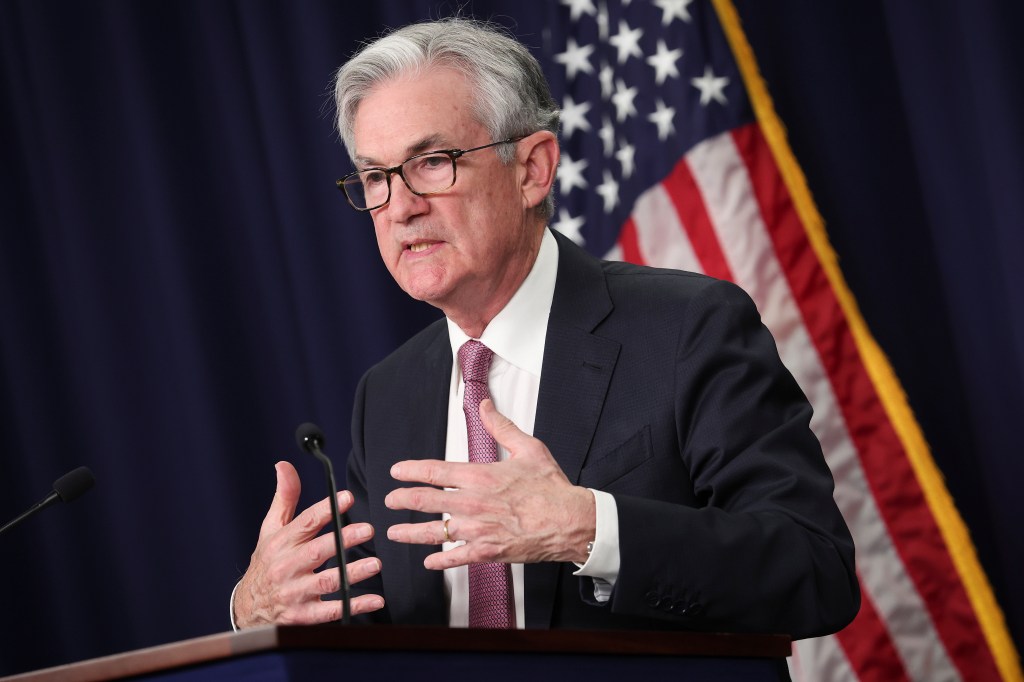After a surprise fall in inflation earlier in the month, all eyes are on the plethora of US economic releases next week for confirmation that the peak is in.

The US Federal Reserve releases its beige book on Tuesday and Jerome Powell will make a speech on the economic outlook at Brookings on Wednesday. Market participants will be listening intently to see if he uses this opportunity to guide markets towards a deceleration of rate hikes, or instead re-iterates his market breaking hawkish stance.
- US housing data, US consumer confidence, Australian CPI and Australian building approvals released Monday and Tuesday
- Speeches by US Federal Reserve Chairman Jerome Powell on Wednesday and RBA Governor Philip Lowe on Friday
- Thursday and Friday see multiple US economic releases, including GDP, CPE inflation, ADP employment, JOLTs job openings, initial jobless claims, personal income and spending, manufacturing PMI, non-farm payrolls, average hourly earnings and the unemployment rate.
- Australia sees CoreLogic dwelling prices and manufacturing PMI released this Thursday and retail sales on Friday.
Risk assets have staged an impressive rally, with the S&P 500 gaining almost 7% since the lower-than-expected inflation print on the 10th of November. US headline inflation came in at 7.7% year-on-year, below expectations of 8%, which has led market participants to believe that inflation has peaked. This has important ramifications if true, as it means central banks can be less aggressive with rate hikes and reduces the potential of a policy-induced recession.
Given how far markets have run, investors will be keenly digesting next week’s economic releases to confirm this hypothesis. US manufacturing activity is expected to slow, consumer confidence is expected to fall, new jobs are expected to be down from last month, home prices are expected to drift lower and hourly wages are expected to moderate. This would be good news if correct, as it will show activity is slowing in the US, adding support to the cooling inflation view, but not slowing enough to cause a recession. Any positive surprise on the economic front will likely be met with trepidation, as it would cause the market to price in a return to more hawkish rate hikes. Markets will specifically be looking at wages and payrolls for signs of moderation, which will be a precursor for slowing consumer demand.
Chairman Jerome Powell will be speaking at the Brookings Institution on Wednesday, which will be the last opportunity for a Fed member to speak before they enter their communication blackout period ahead of the December meeting. This is the first time Powell has spoken since the weaker inflation and producer price numbers, so some are hoping he uses this to guide markets to a slower hiking cycle as originally outlined in the last Fed minutes. However, given how hawkish his last press conference was, the strength of the market rally and the last-minute nature of this speech, he could also use it to jawbone markets lower. Ultimately, the data will override the rhetoric, so these releases in the week ahead carry significant weight.
Sebastian Mullins is Deputy Head of Multi-Asset, Australia. Schroders